Solis Houseboat is a serene space atop the shimmering waters of Australia’s Lake Eildon
Lucy Marczyk Design Studio has created Solis Houseboat, a stunning low-energy family retreat set within a high-end houseboat
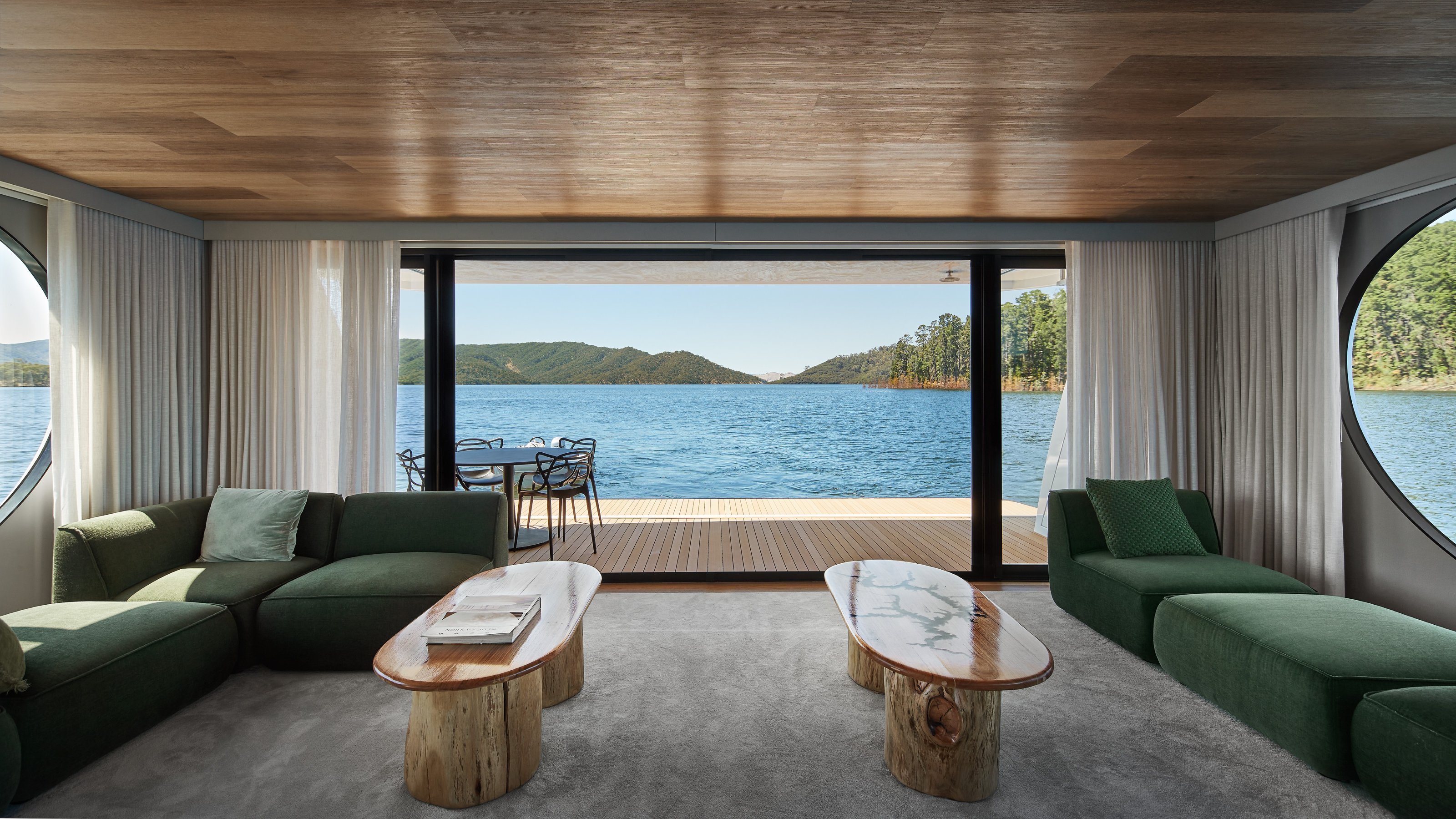
Solis Houseboat was born of the re-fit of a contemporary houseboat. Moored on Victoria’s Lake Eildon, the heart of a Central Highlands national park located to the northeast of Melbourne, the home's interior was conceived by Lucy Marczyk Design Studio. Built by local company Status Luxury Houseboats, Solis sleeps 12 across its three-storey superstructure, in 270 sq m of living space.

Solis Houseboat: a floating, low energy family retreat
This is no superyacht, even though there are twin Mercury V8 engines on board to enable the owners to putter around the vast manmade reservoir, a popular houseboat community. There’s also on-board power provided by top-deck mounted solar panels and a lithium battery array, allowing for silent, off-the-grid living without the grind of a generator.
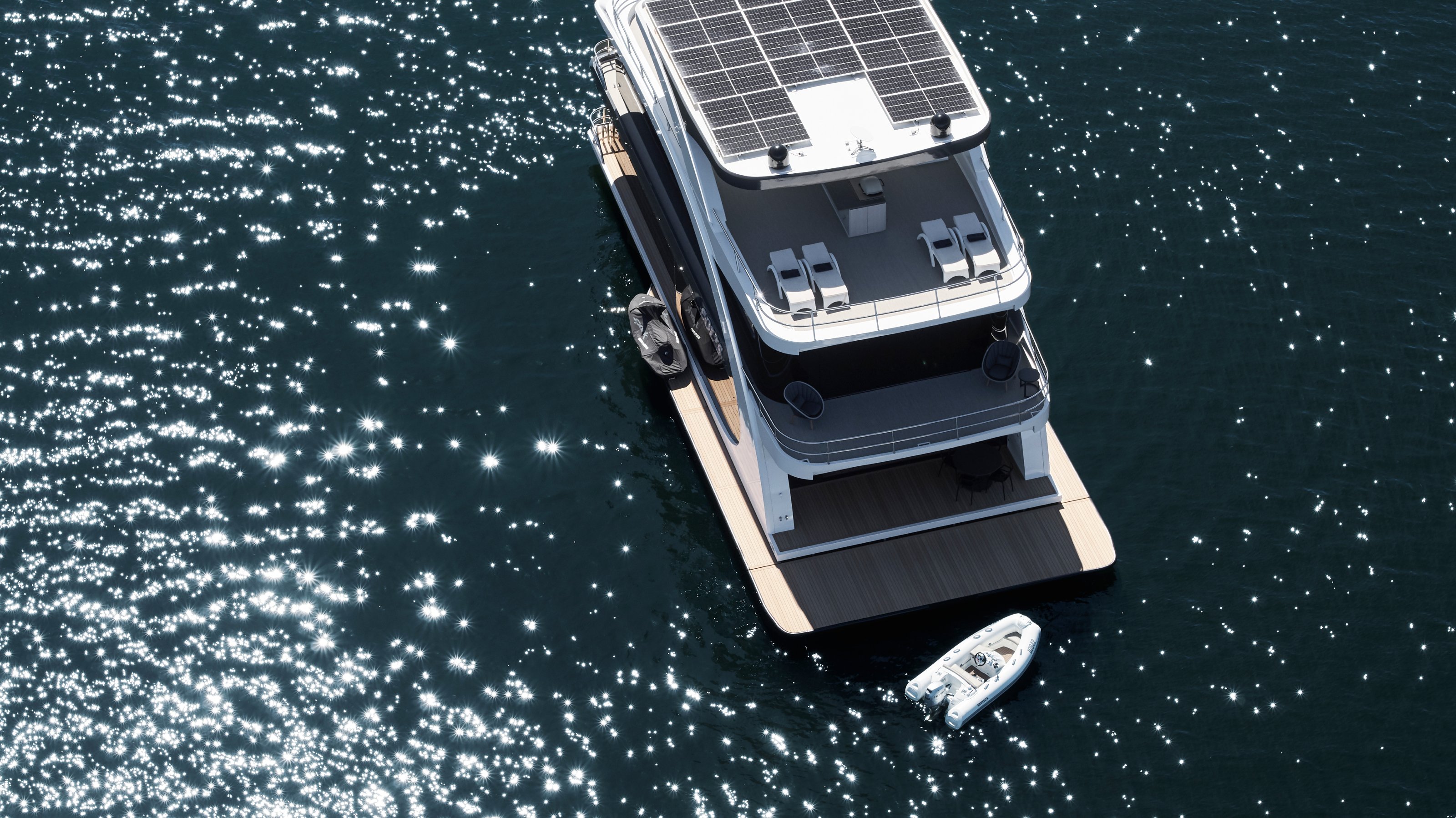
Marczyk and her studio were tasked with creating a serene family retreat, rather than a grand space for entertaining. Drawing inspiration from the environment, the forms and furnishings of the three different levels have a shifting palette, from green, symbolising land, through to white for water and grey for sky.
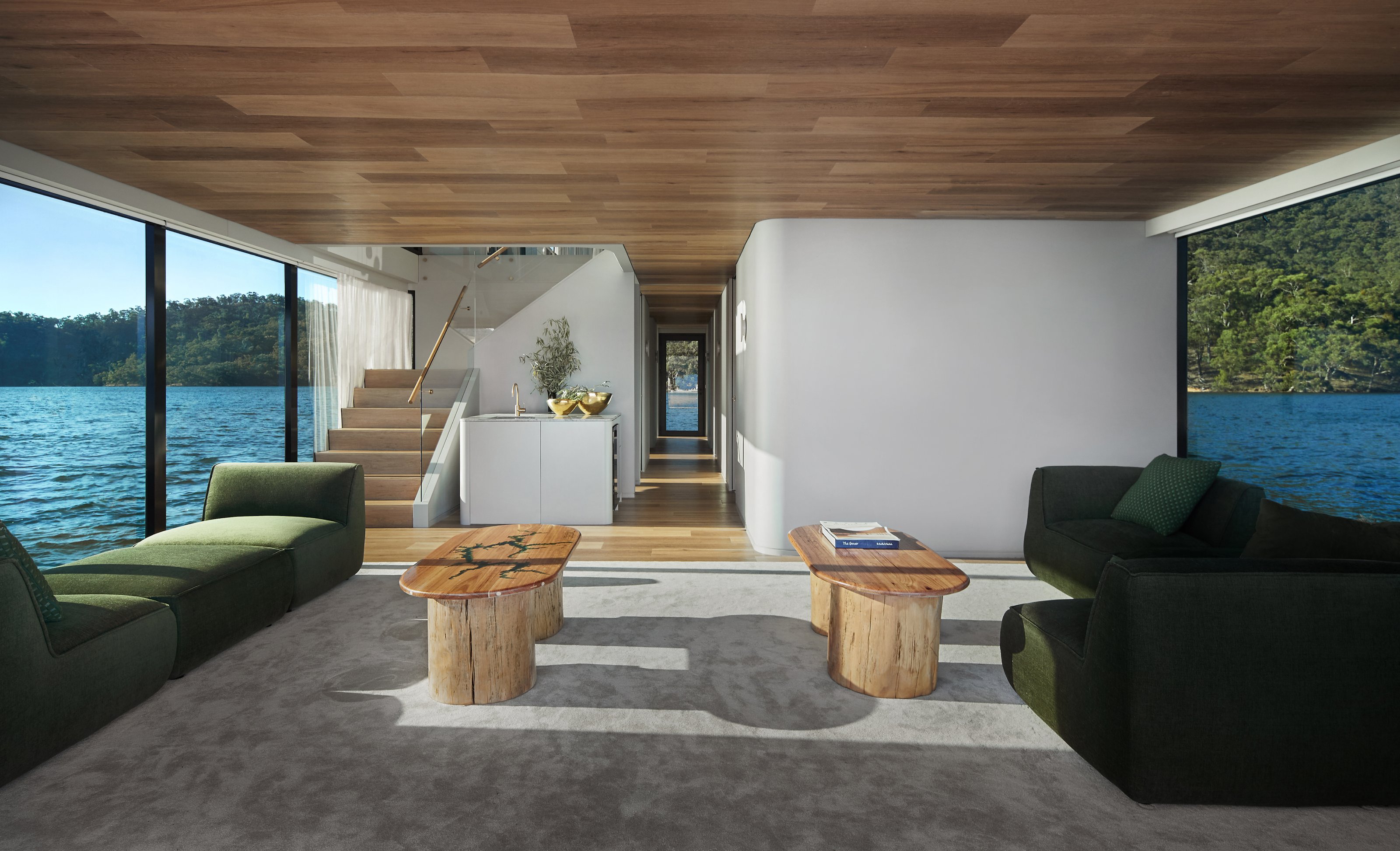
The main deck is set at water level, and includes timber finishes, bespoke wooden furniture and forest green furnishings to connect with the Eildon National Park fringing the edge of the lake. The main lounge spans the full beam of the vessel, connecting to an external terrace as well as a hydraulically operated duckboard that can be raised into place when moored. Solis is flanked by two additional hydraulic duckboards for docking jet skis.
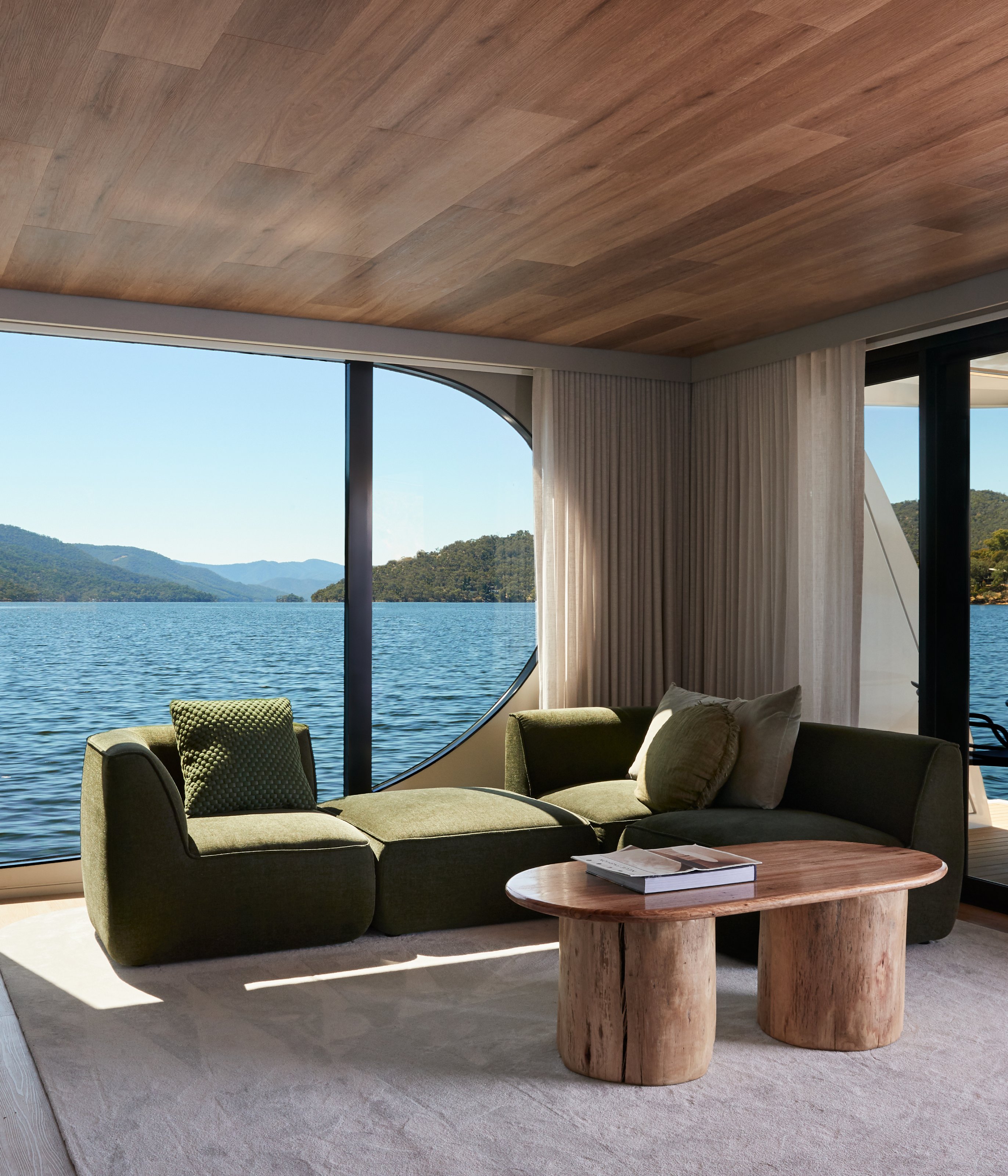
This level also contains the primary bedroom suite, as well as three double cabins and a bunk room, together with a bathing area. Floor to ceiling windows connect the cabins to the water, with curved glazing following the line of the chromed balustrades that ring the outer deck.

These deco-esque touches are deliberate, and further references to the grand liners of the 1930s are made in the use of decorative lighting, the joinery detailing and even the use of materials like chrome, bronze and marble. A pendant chandelier rises above the main stairwell, with its clear glass balustrades.
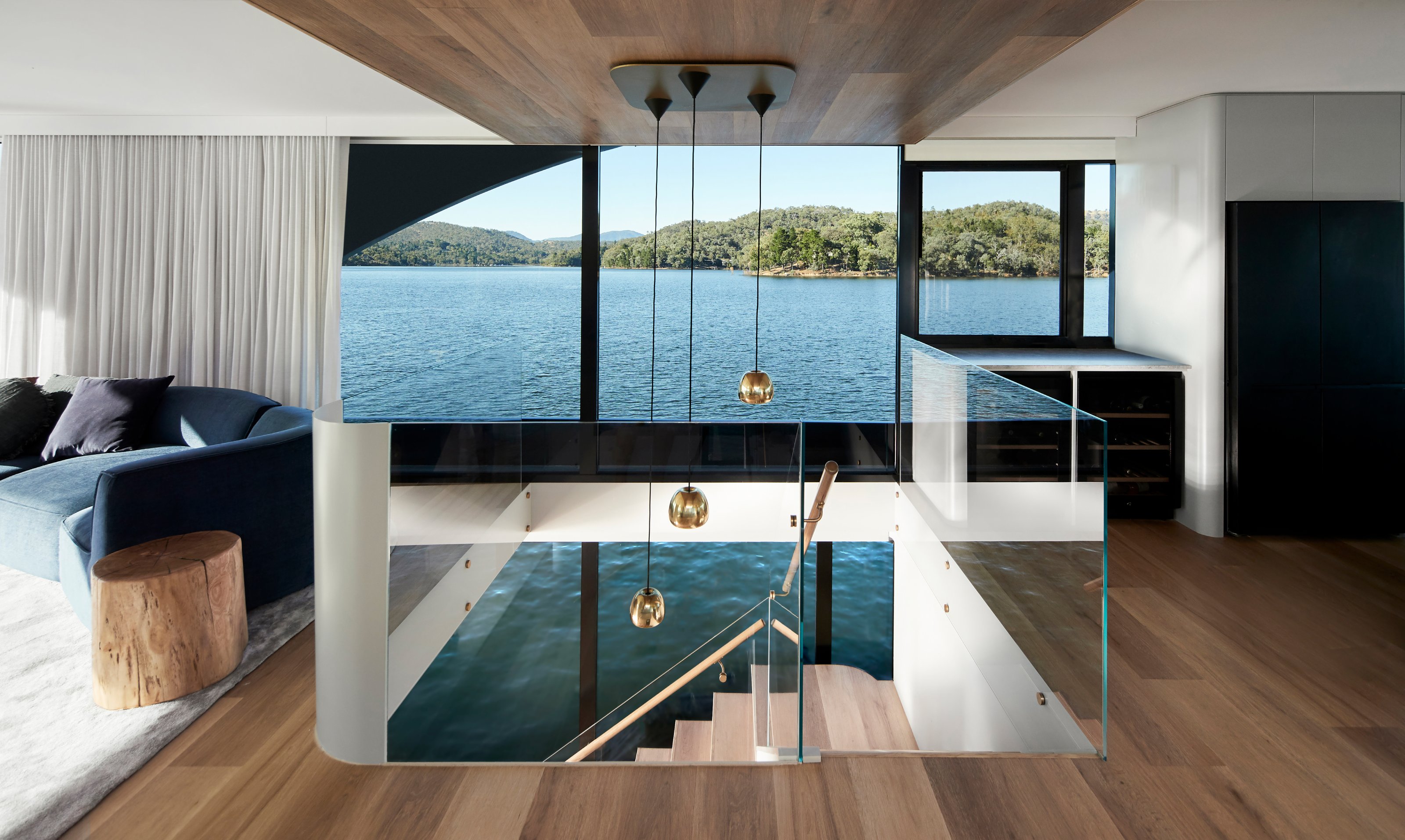
The lower deck contains a storage cellar and laundry, as well as storage areas set beneath all the double beds, which can be hydraulically raised and do away with the need for wardrobes encroaching into the cabins.
Wallpaper* Newsletter
Receive our daily digest of inspiration, escapism and design stories from around the world direct to your inbox.
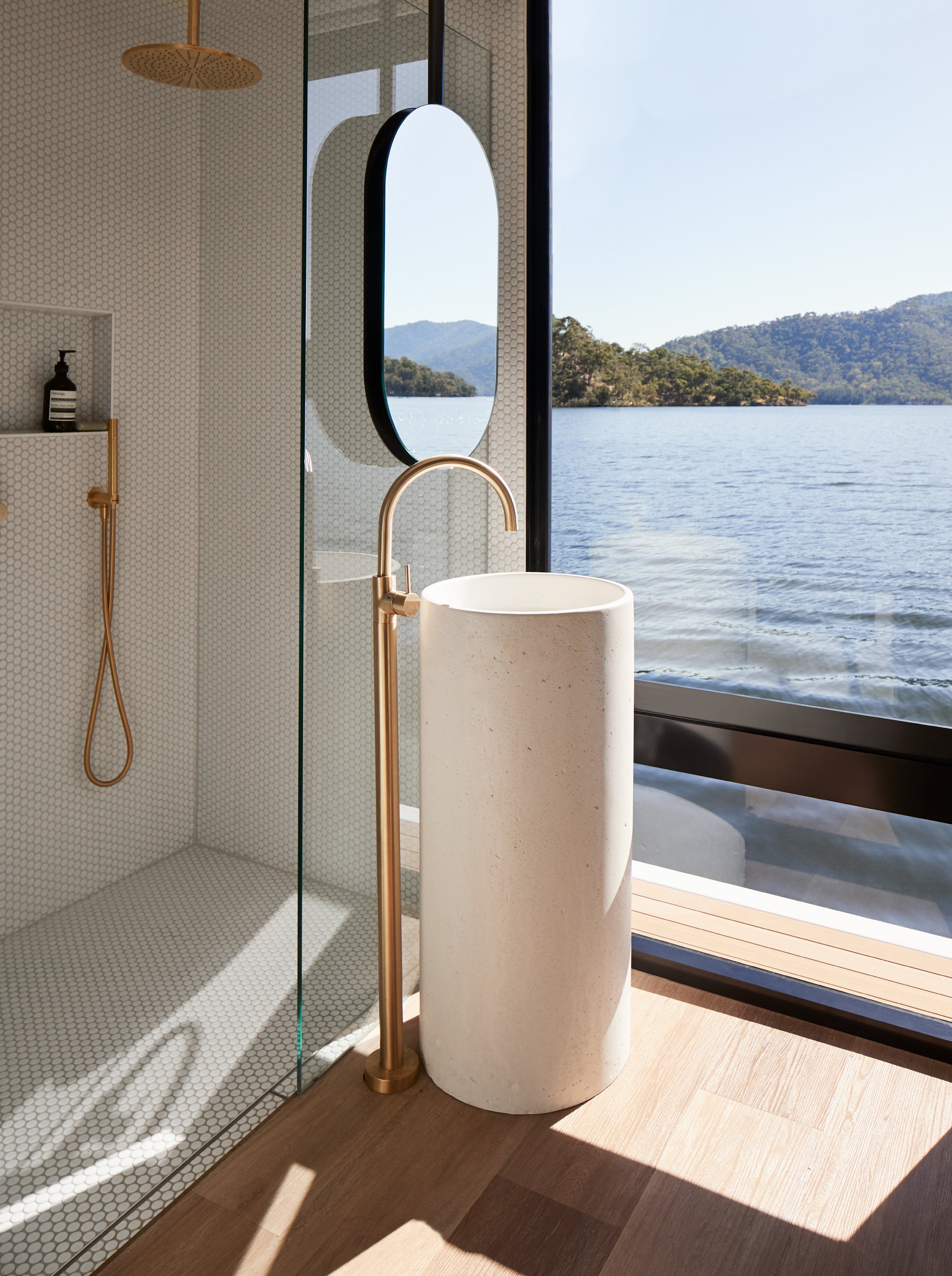
The designers describe how ‘every square metre has been planned to maximise practical storage’, with technical elements like a concealed speaker system, underfloor heating and even televisions recessed into ceilings helping to maintain the pure lines and open feeling.
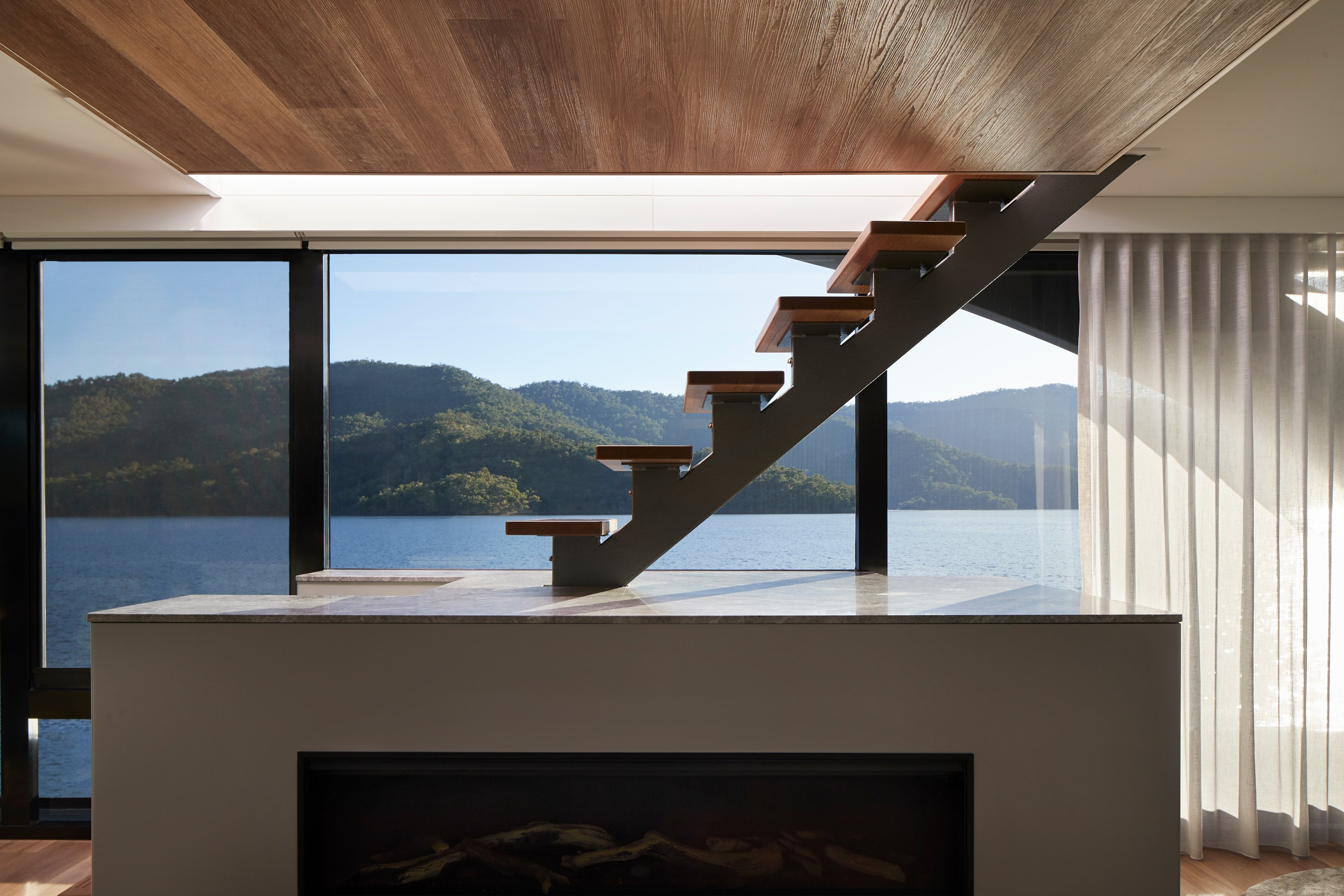
The panoramic deck houses a second lounge as well as the large dining area, galley and bar. Another deck at the rear is accessed directly from the second lounge, whilst a staircase leads up to the Skydeck, which has 360-degree views. This open-air level contains a dining zone for ten, as well as a BBQ area and a 7m curved banquette.

‘We challenged a typical houseboat layout and unusually located all cabins on the ground floor where we felt provided the greatest connectivity to the water,’ says Marcyzk, ‘The concept of an upside-down beach home was transported onto water.’ All the fixtures and fittings have been finished to marine grade standard, ensuring they can withstand the harsh waterside environment without intensive upkeep, from the carpets to the upholstery.
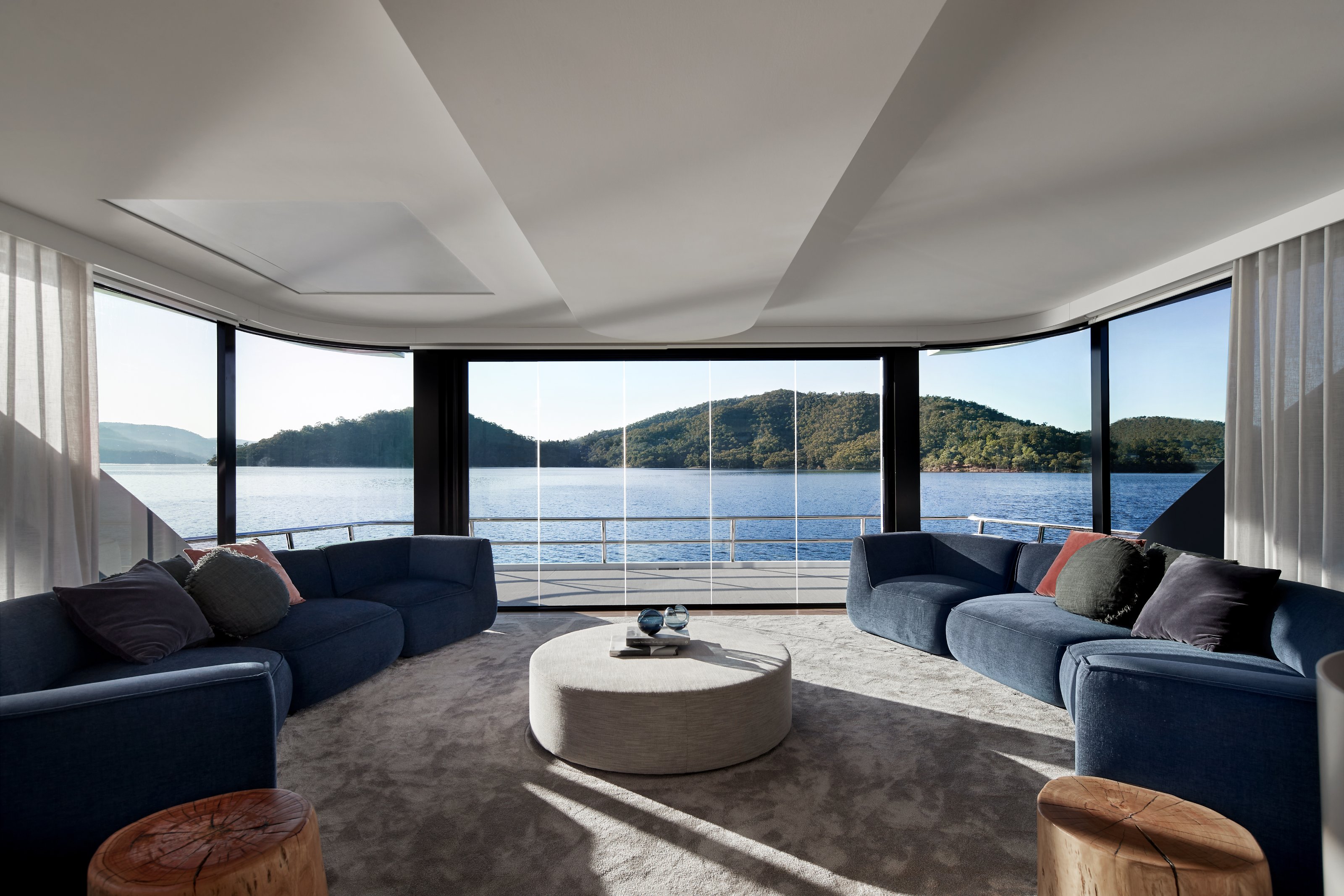
Lucy Marczyk Design Studio also made a point of using using Australian and locally sourced products to reduce the environmental impact, right down to the local trees used to make the coffee tables. Furniture includes the Sofala sofa by Adam Goodrum and Rev stools by Adam Cornish, both for Nau, with Tom Dixon pendant lighting, alongside custom-made pieces.
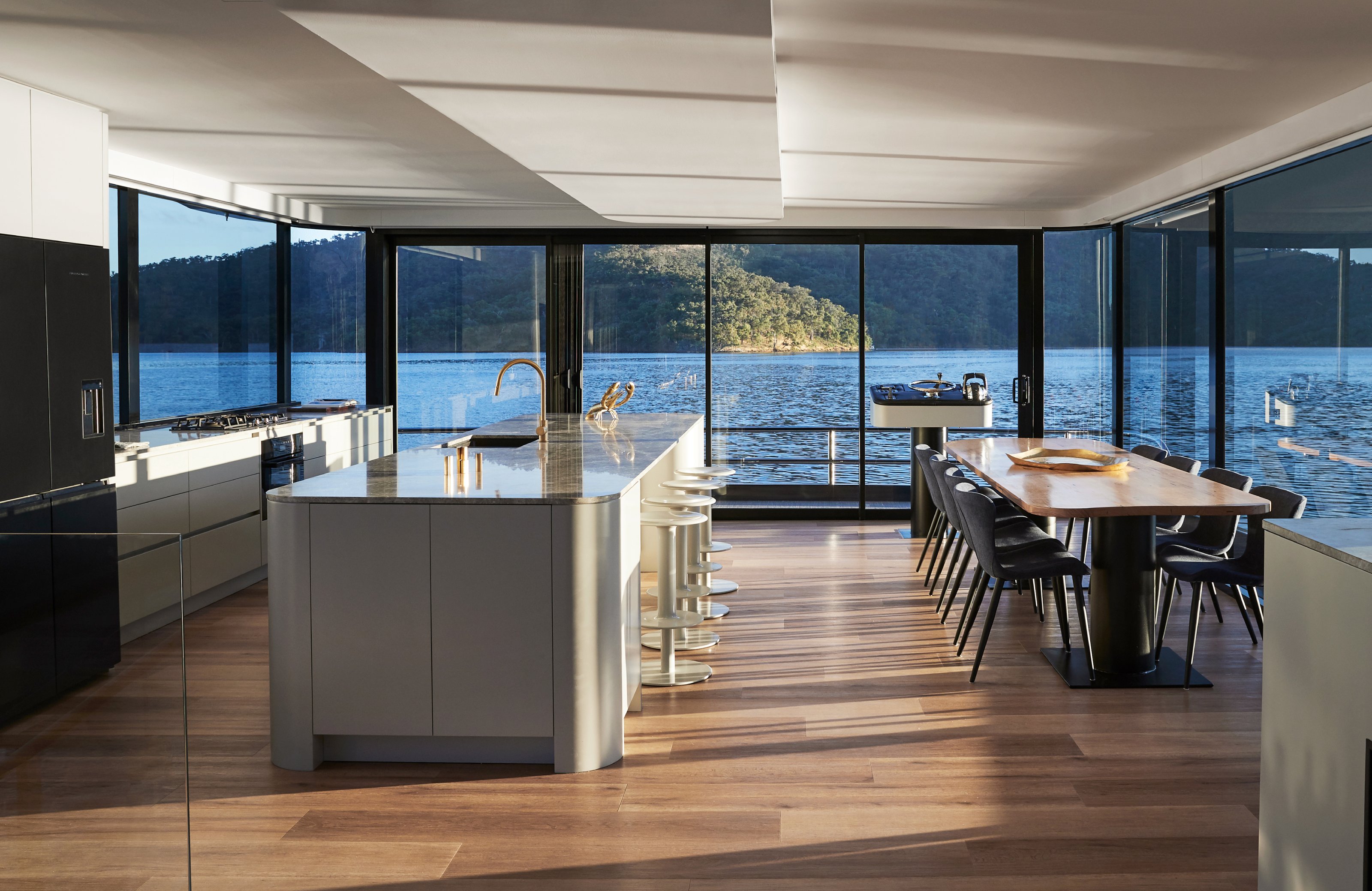
Marczyk started her design studio in 2020, after a stint heading up Cera Stribley’s interiors team. Based in Melbourne, the studio is currently working on projects in Sydney, London and Toronto.
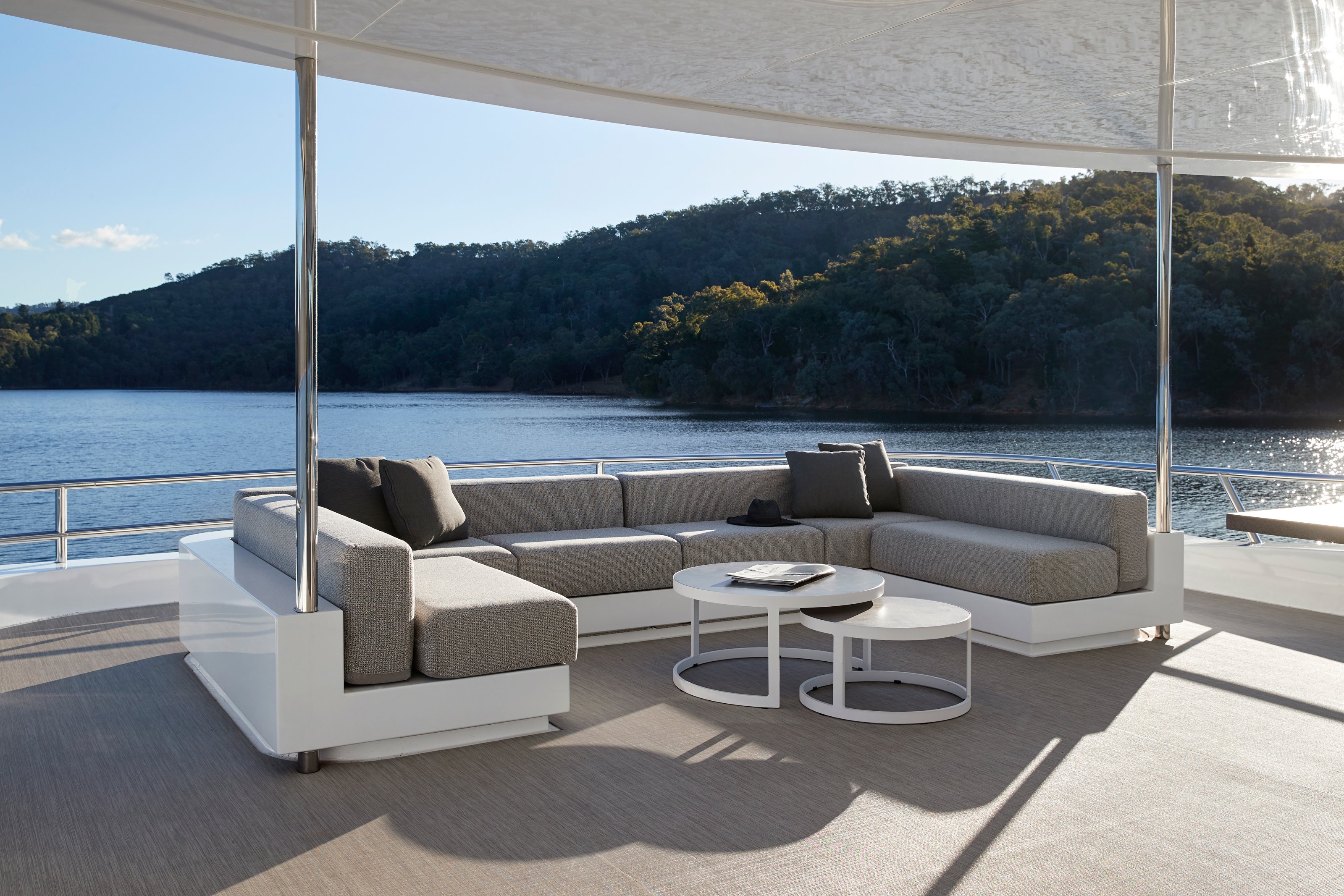
Jonathan Bell has written for Wallpaper* magazine since 1999, covering everything from architecture and transport design to books, tech and graphic design. He is now the magazine’s Transport and Technology Editor. Jonathan has written and edited 15 books, including Concept Car Design, 21st Century House, and The New Modern House. He is also the host of Wallpaper’s first podcast.
-
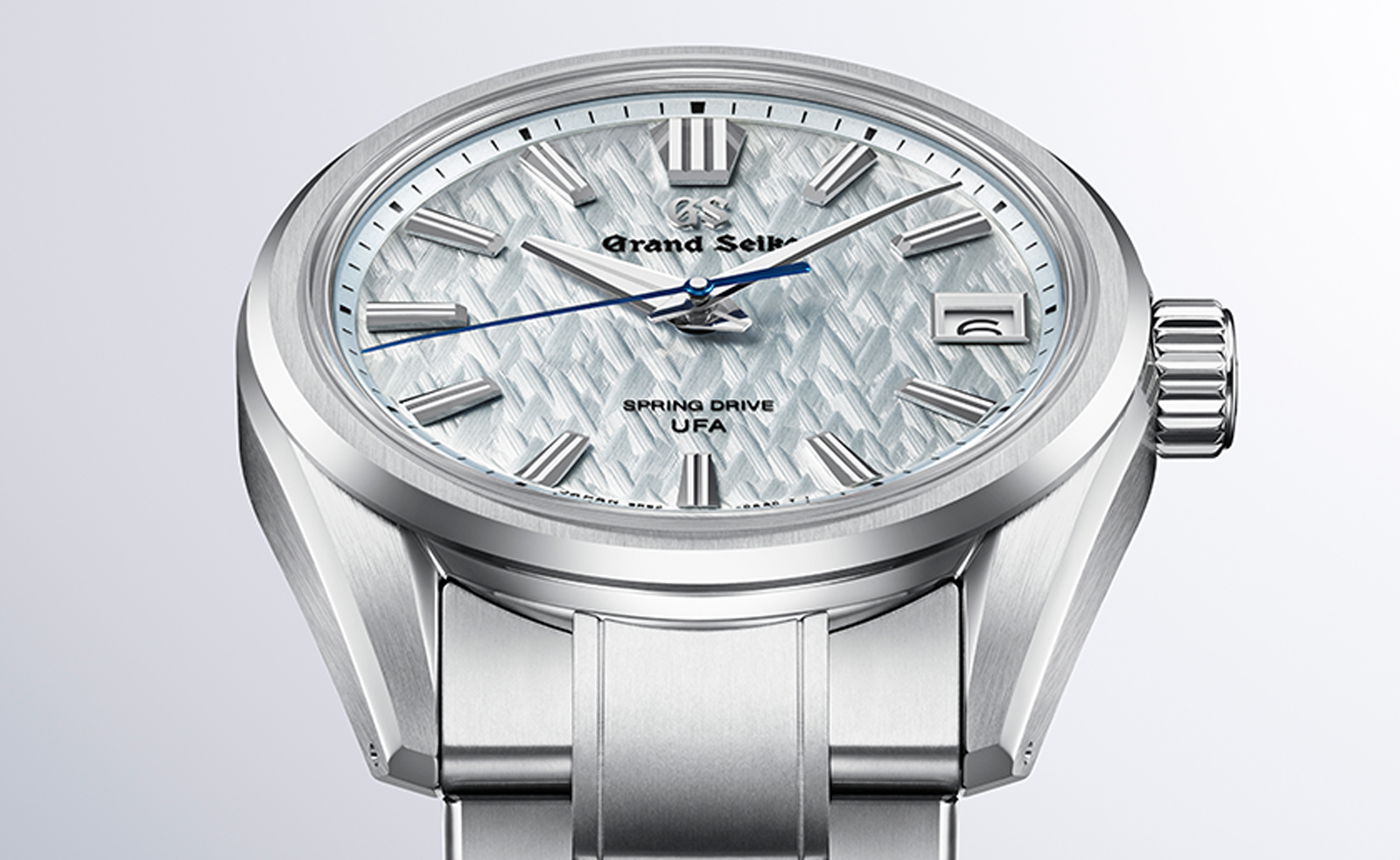 Titanium watches are strong, light and enduring: here are some of the best
Titanium watches are strong, light and enduring: here are some of the bestBrands including Bremont, Christopher Ward and Grand Seiko are exploring the possibilities of titanium watches
By Chris Hall
-
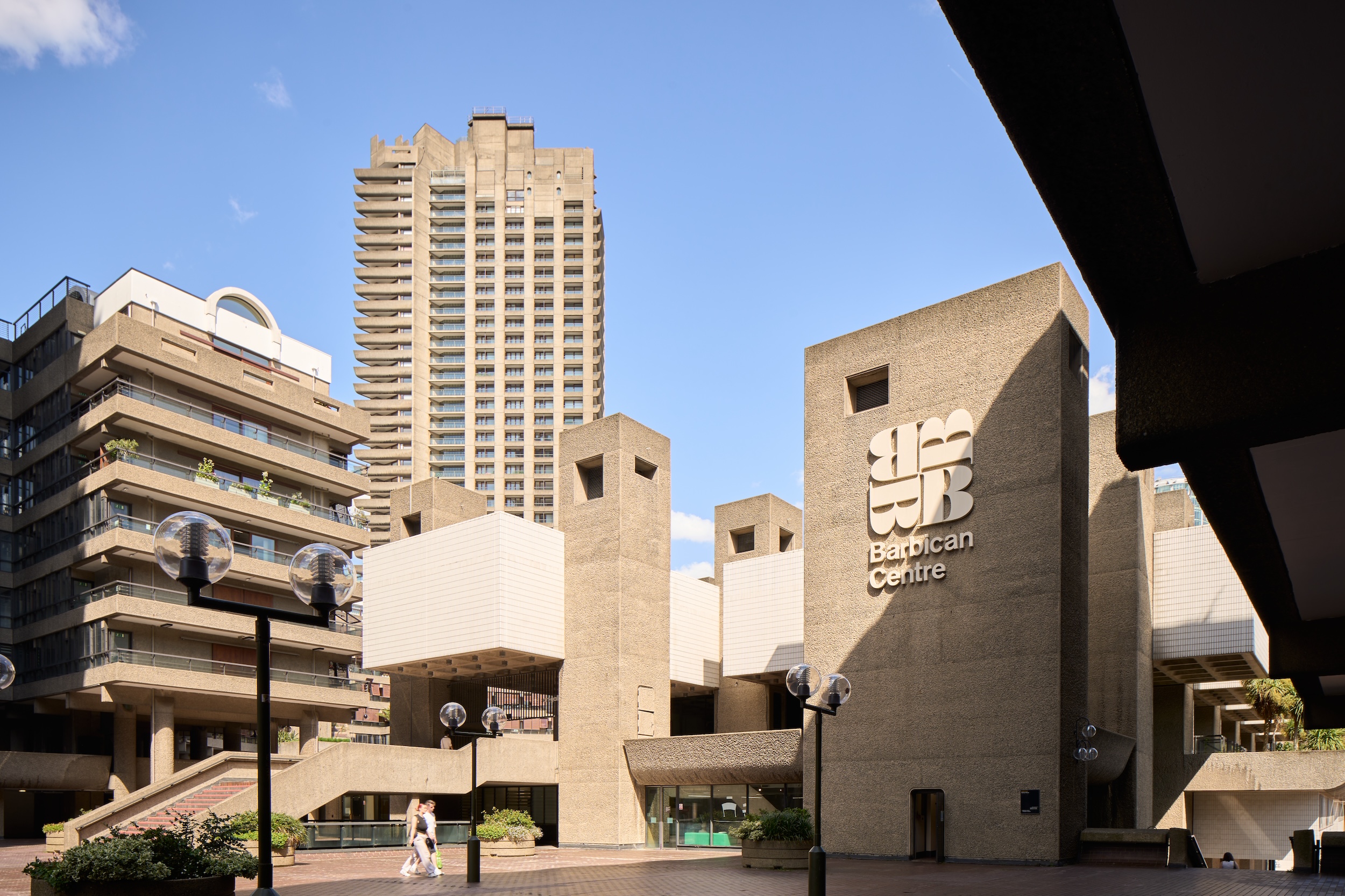 Warp Records announces its first event in over a decade at the Barbican
Warp Records announces its first event in over a decade at the Barbican‘A Warp Happening,' landing 14 June, is guaranteed to be an epic day out
By Tianna Williams
-
 Cure your ‘beauty burnout’ with Kindred Black’s artisanal glassware
Cure your ‘beauty burnout’ with Kindred Black’s artisanal glasswareDoes a cure for ‘beauty burnout’ lie in bespoke design? The founders of Kindred Black think so. Here, they talk Wallpaper* through the brand’s latest made-to-order venture
By India Birgitta Jarvis
-
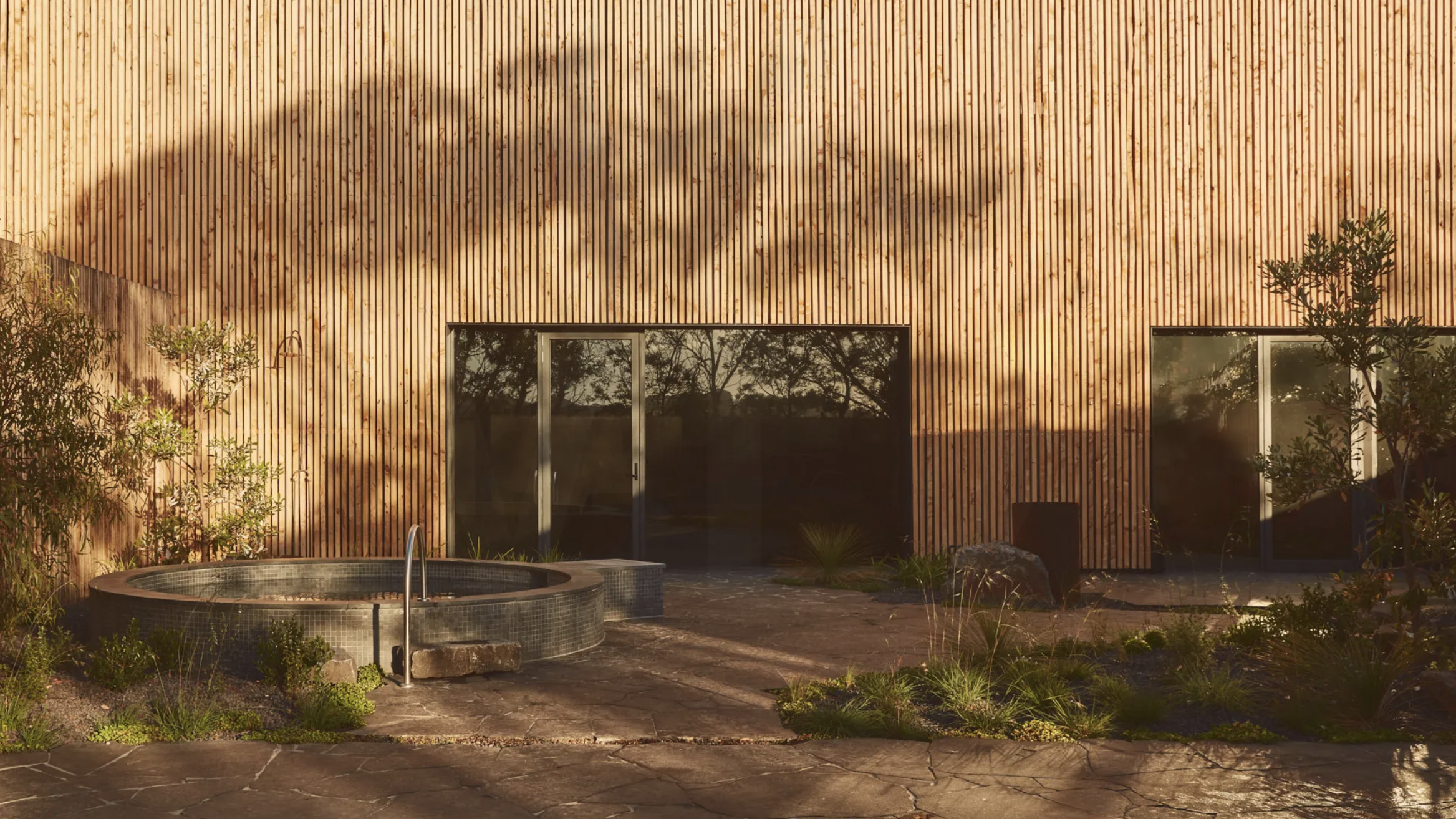 Australian bathhouse ‘About Time’ bridges softness and brutalism
Australian bathhouse ‘About Time’ bridges softness and brutalism‘About Time’, an Australian bathhouse designed by Goss Studio, balances brutalist architecture and the softness of natural patina in a Japanese-inspired wellness hub
By Ellie Stathaki
-
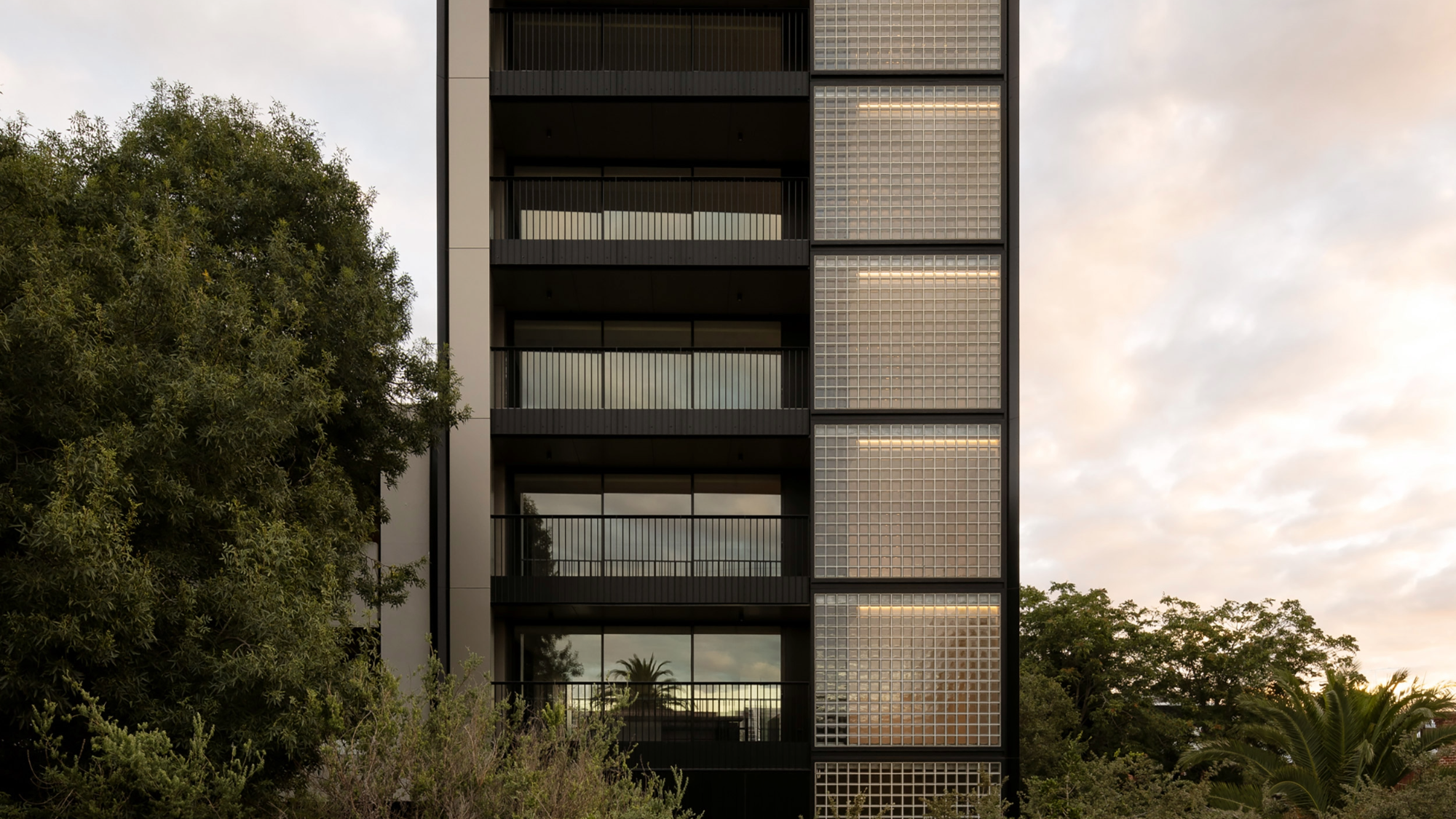 The humble glass block shines brightly again in this Melbourne apartment building
The humble glass block shines brightly again in this Melbourne apartment buildingThanks to its striking glass block panels, Splinter Society’s Newburgh Light House in Melbourne turns into a beacon of light at night
By Léa Teuscher
-
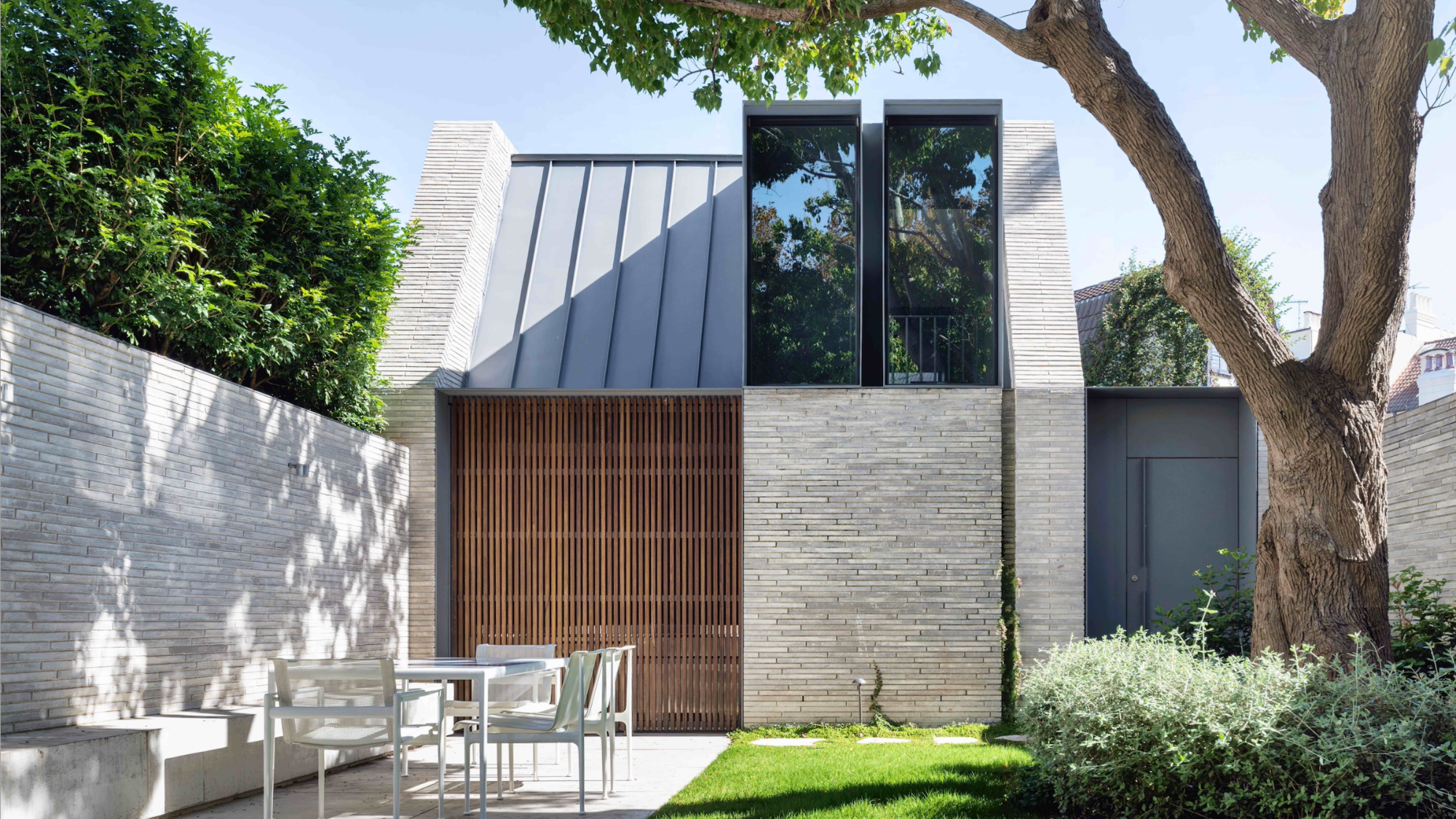 A contemporary retreat hiding in plain sight in Sydney
A contemporary retreat hiding in plain sight in SydneyThis contemporary retreat is set behind an unassuming neo-Georgian façade in the heart of Sydney’s Woollahra Village; a serene home designed by Australian practice Tobias Partners
By Léa Teuscher
-
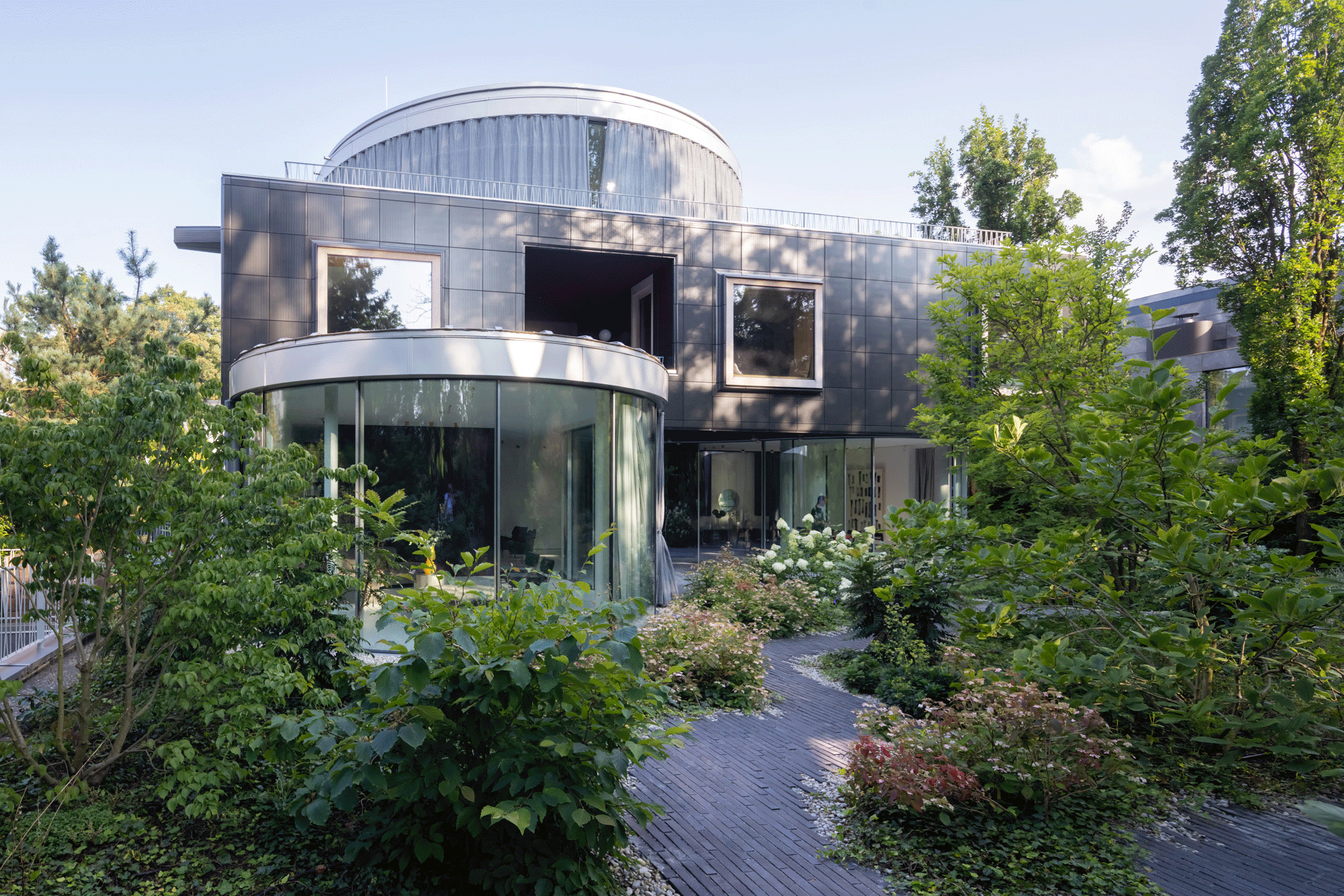 Join our world tour of contemporary homes across five continents
Join our world tour of contemporary homes across five continentsWe take a world tour of contemporary homes, exploring case studies of how we live; we make five stops across five continents
By Ellie Stathaki
-
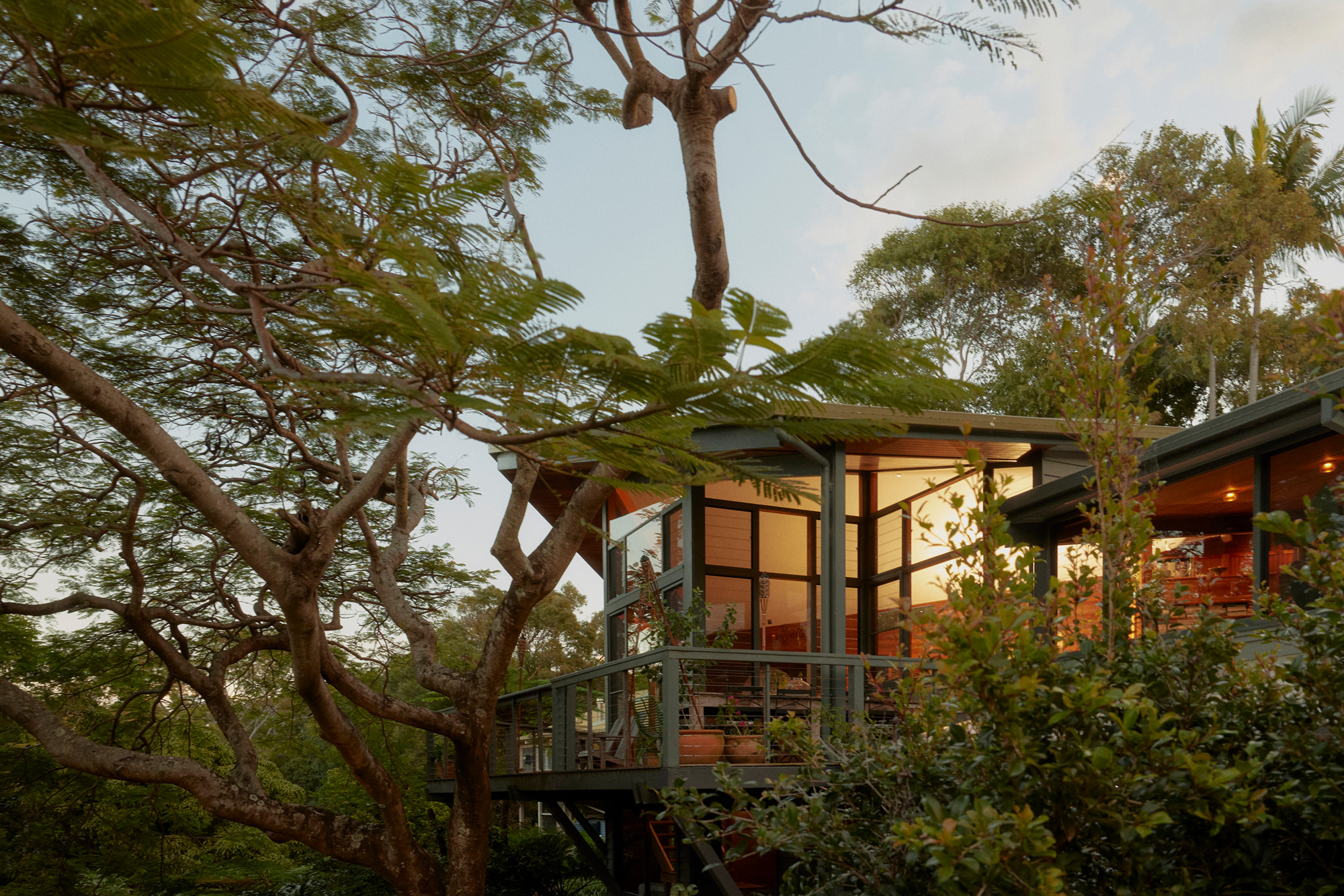 Who wouldn't want to live in this 'treehouse' in Byron Bay?
Who wouldn't want to live in this 'treehouse' in Byron Bay?A 1980s ‘treehouse’, on the edge of a national park in Byron Bay, is powered by the sun, architectural provenance and a sense of community
By Carli Philips
-
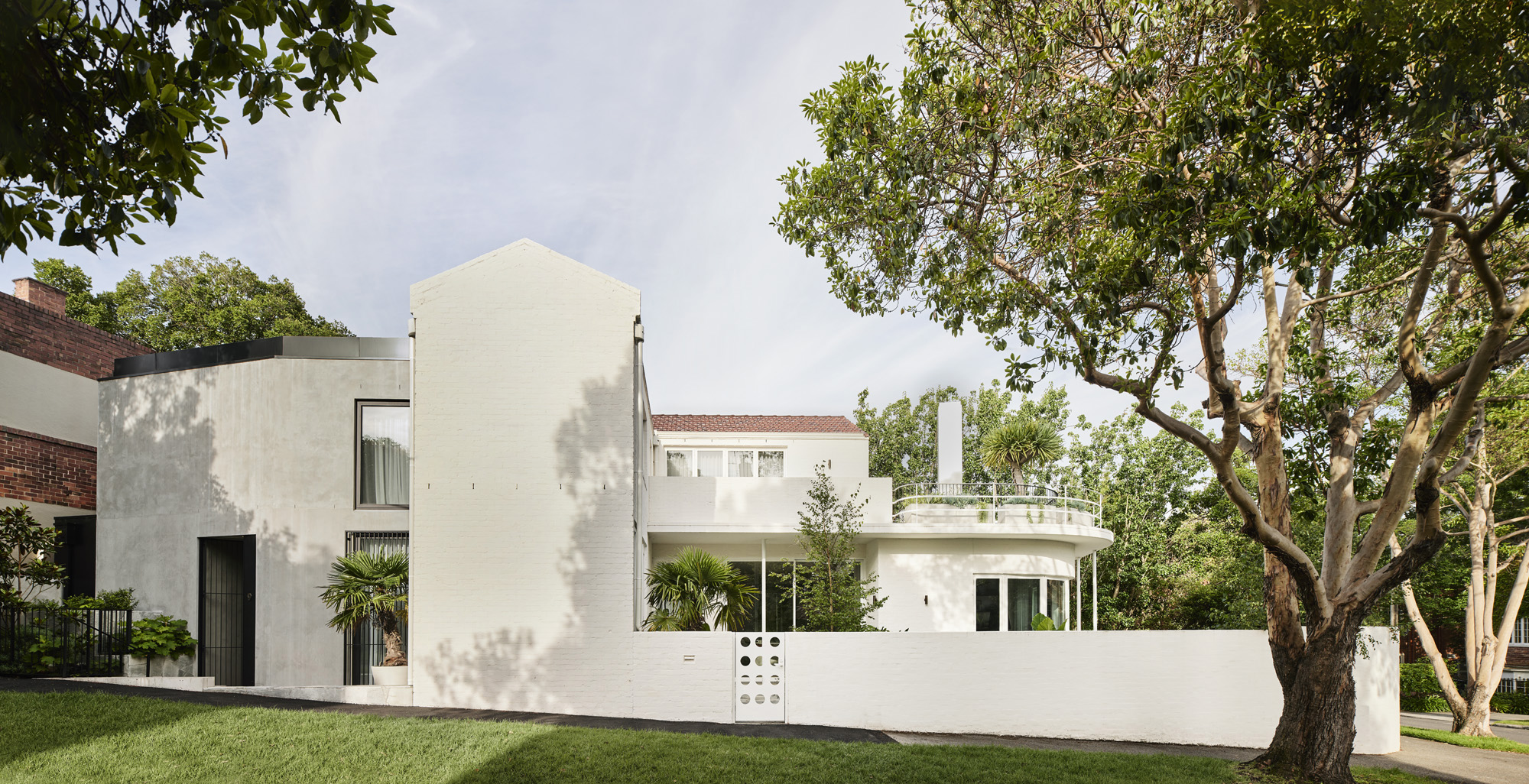 A modernist Melbourne house gets a contemporary makeover
A modernist Melbourne house gets a contemporary makeoverSilhouette House, a modernist Melbourne house, gets a contemporary makeover by architects Powell & Glenn
By Ellie Stathaki
-
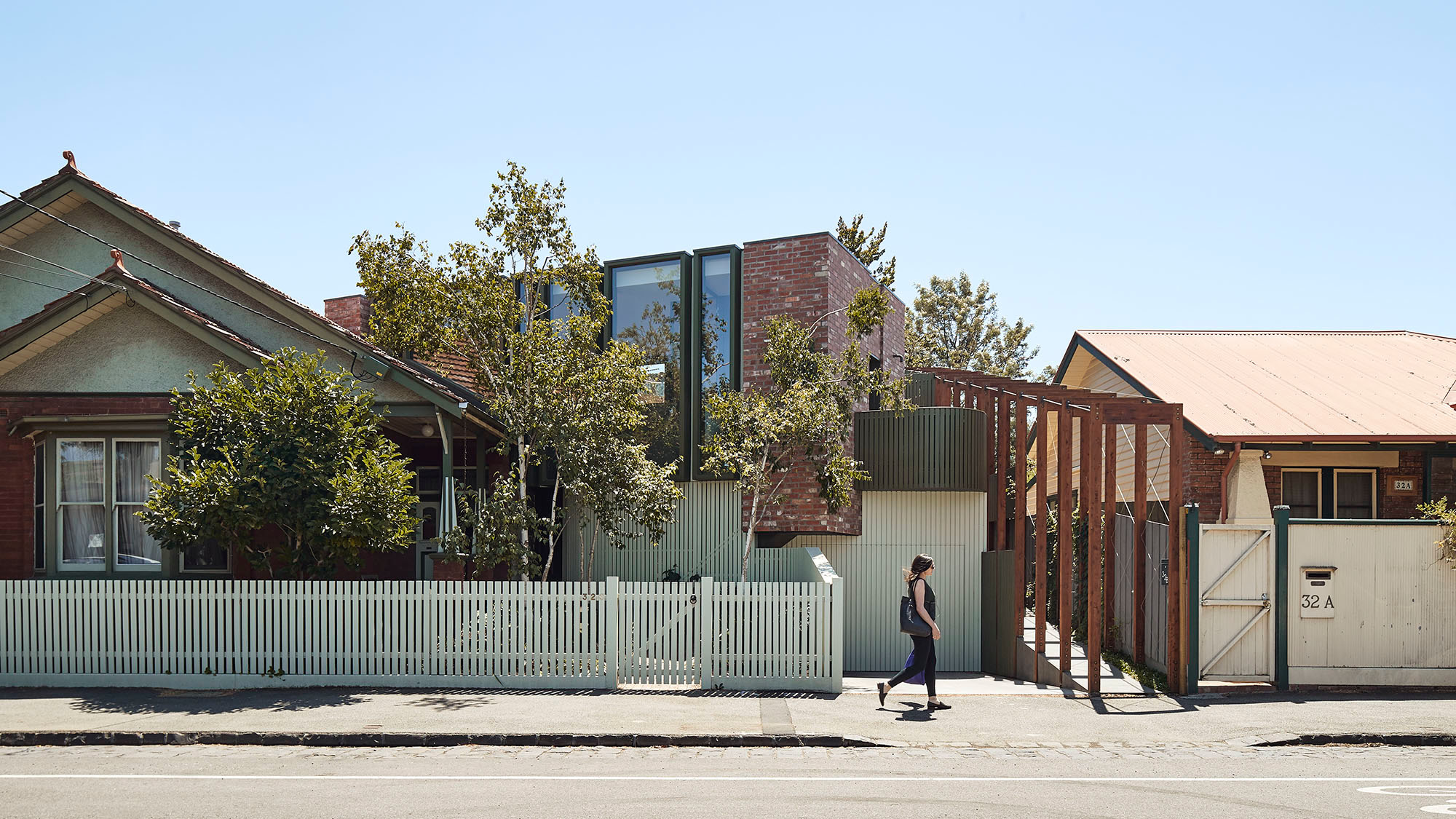 A suburban house is expanded into two striking interconnected dwellings
A suburban house is expanded into two striking interconnected dwellingsJustin Mallia’s suburban house, a residential puzzle box in Melbourne’s Clifton Hill, interlocks old and new to enhance light, space and efficiency
By Jonathan Bell
-
 Palm Beach Tree House overhauls a cottage in Sydney’s Northern Beaches into a treetop retreat
Palm Beach Tree House overhauls a cottage in Sydney’s Northern Beaches into a treetop retreatSet above the surf, Palm Beach Tree House by Richard Coles Architecture sits in a desirable Northern Beaches suburb, creating a refined home in verdant surroundings
By Jonathan Bell